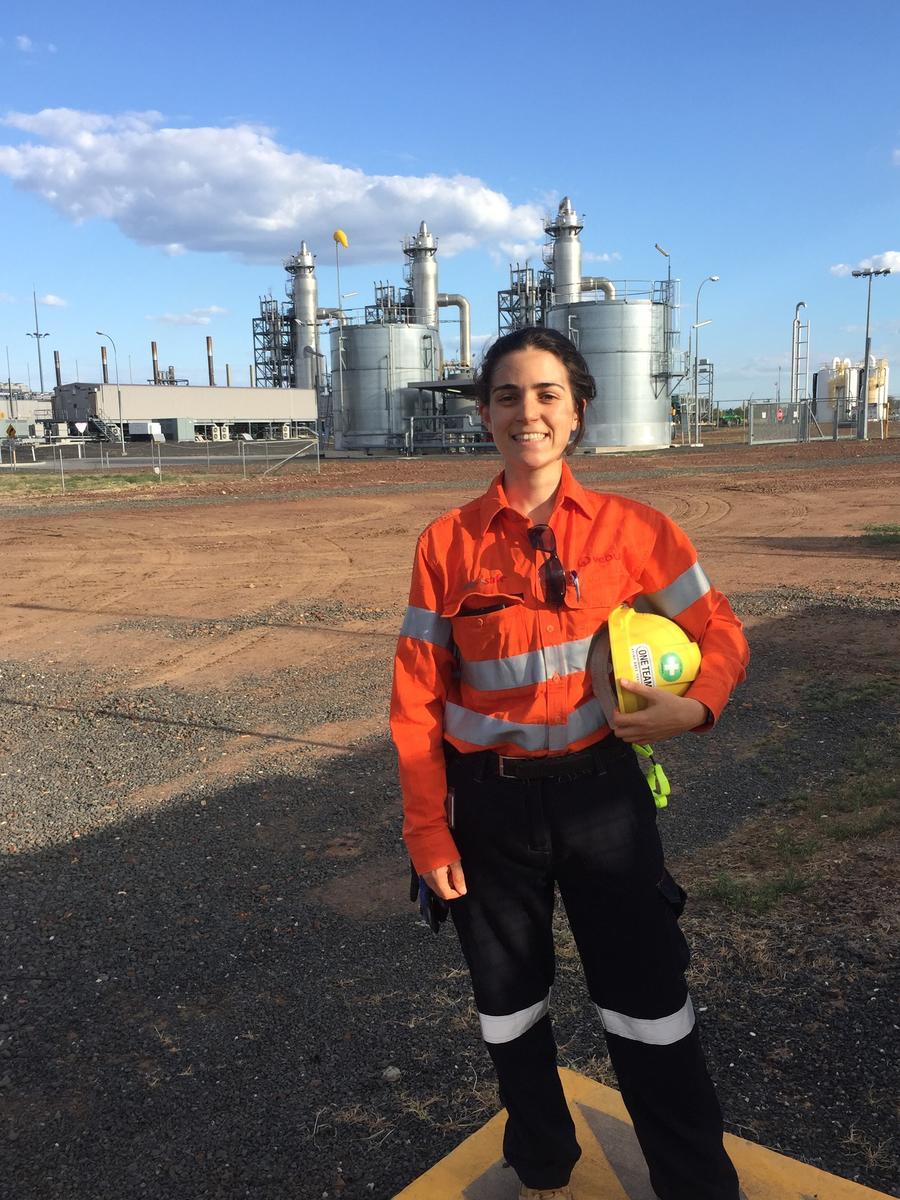In southern Queensland, a project that turns coal seam gas wastewater into a resource is providing flow-on benefits for the local community and environment
Highly saline water is an unavoidable by-product of coal seam gas extraction. Pressure from groundwater holds the gas in the coal, and when the water is released, gas flows from the seams. Without treatment, this water is unfit for use, which means it is often injected back into the ground or left to sit in evaporation ponds.
But when Shell’s QGC business began drilling wells for natural gas in the Surat Basin, the company wanted to find a better alternative. The result is two on-site water treatment plants that convert the waste product into good quality treated water.
Veolia has a 20-year contract to operate and maintain the treatment plants, and Operations Manager Daniel Brown said about 97% of the water can be released back into the environment, or used for irrigation and to supplement farm water supplies.
“We’re changing something that can’t be used into something that can,” Brown said.
“This is a philosophy that translates across all of Veolia’s work; we’re always looking for sustainable alternatives to what we do and how we do it."
Well treated
The water goes through multiple treatment processes at the company’s Kenya and Northern treatment plants to ensure it is fit for use.
It first passes through coarse water filters to remove any large debris. This is followed by ultrafiltration and ion exchange to remove minerals like calcium and magnesium. Next is reverse osmosis, which removes salt.
Meanwhile, the wastewater generated by these processes, including backwash from the filters, is captured and reintroduced into the front-end of the system.
Even the brine produced through reverse osmosis is reused. This is separated from the purified water and sent to brine concentrators, where it is boiled and the resulting condensate is collected.
“The whole system is about waste reduction and reducing the need for an end-of-life pond,” Brown said.
“Our high recovery rates are unusual for Australia. I can’t recall a project that recovers waste to the same value.”
Optimising osmosis

Because the treatment plants are in a remote area of Queensland, Veolia Process Engineer Linda Nappa said it is important they run as efficiently as possible.
Nappa worked at the Kenya plant, which is about 40 km from Chinchilla, for four years, and said one of the biggest issues was scaling on the membranes used in reverse osmosis.
“The first thing we noticed was a reduction in efficiency,” she said.
“We had to push the desalination process a lot harder to achieve the same production output as another plant.”
Nappa said addressing this required a shift from a reactive to a proactive approach, including changing the antiscalant and cleaning the system earlier than they normally would.
“We had to think on our feet and come up with some innovative solutions,” she said.
“We don’t have any choice in the water we treat – we get the water from the company and have to find a way to treat it.”
Community benefits
Once it has been treated and re-mineralised, the water is used in a number of ways. It is delivered by Sunwater to commercial irrigators, who use it to grow grain and other crops, and is also used to supplement Chinchilla’s drinking water supply.
“The water has a very good social impact,” Brown said.
“Farmers have invested millions of dollars in irrigation systems, and the only reason they can use them is because this water is available … It has actually increased the potential production for crops in the area.”
The water is also introduced back into local streams and rivers. This doesn’t just improve the local ecosystem but also means the community can use the waterways for recreation.
Rather than seeing the coal seam gas water as waste to get rid of, Nappa said it’s about looking at it as a resource that can be used.
“We’ve been able to get a benefit out of the water and help the local community,” Nappa said.
“We’re all for re-thinking sustainability … We’re always looking for opportunities to take someone’s waste and turn it into someone else’s treasure”
- Linda Nappa, Process Engineer


